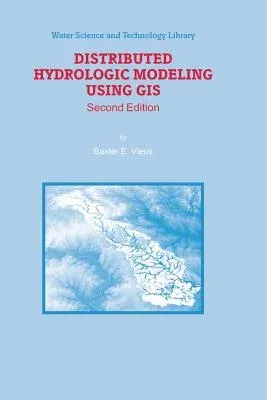Baxter E Vieux
(Author)Distributed Hydrologic Modeling Using GIS (2004. Softcover Reprint of the Original 2nd 2004)Paperback - 2004. Softcover Reprint of the Original 2nd 2004, 3 October 2013

Qty
1
Turbo
Ships in 2 - 3 days
In Stock
Free Delivery
Cash on Delivery
15 Days
Free Returns
Secure Checkout
Part of Series
Water Science and Technology Library
Print Length
289 pages
Language
English
Publisher
Springer
Date Published
3 Oct 2013
ISBN-10
9401743223
ISBN-13
9789401743228
Description
Product Details
Author:
Book Edition:
2004. Softcover Reprint of the Original 2nd 2004
Book Format:
Paperback
Country of Origin:
NL
Date Published:
3 October 2013
Dimensions:
23.39 x
15.6 x
1.65 cm
ISBN-10:
9401743223
ISBN-13:
9789401743228
Language:
English
Location:
Dordrecht
Pages:
289
Publisher:
Weight:
439.98 gm

